Markets Tumble Amid Tech Stock Rotations and Mixed Economic Data | Daily Market Analysis
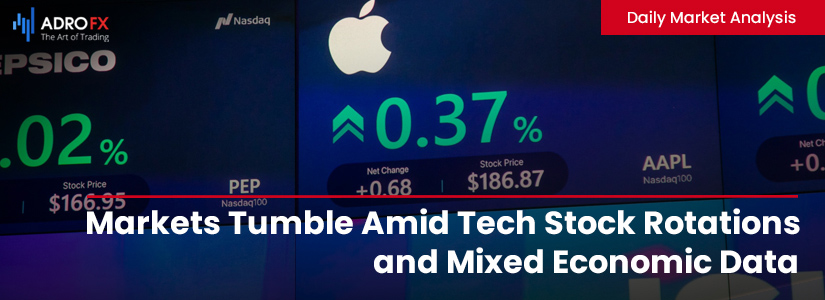
Key events:
- UK - Core Retail Sales (MoM) (Jun)
- Canada - Core Retail Sales (MoM) (May)
- USA - FOMC Member Williams Speaks
- USA - FOMC Member Bostic Speaks
The S&P 500 slumped for a second consecutive day on Thursday, experiencing wild swings as the early-day rebound in tech faded amid an ongoing rotation out of high-flying megacap tech stocks ahead of Netflix's earnings report.
The S&P 500 fell 0.8%, the NASDAQ Composite declined 0.7%, and the Dow Jones Industrial Average dropped 533 points, or 1.3%. This weakness occurred amid a new wave of volatility, with the VIX, or "fear index," surging 10% to its highest levels since April.
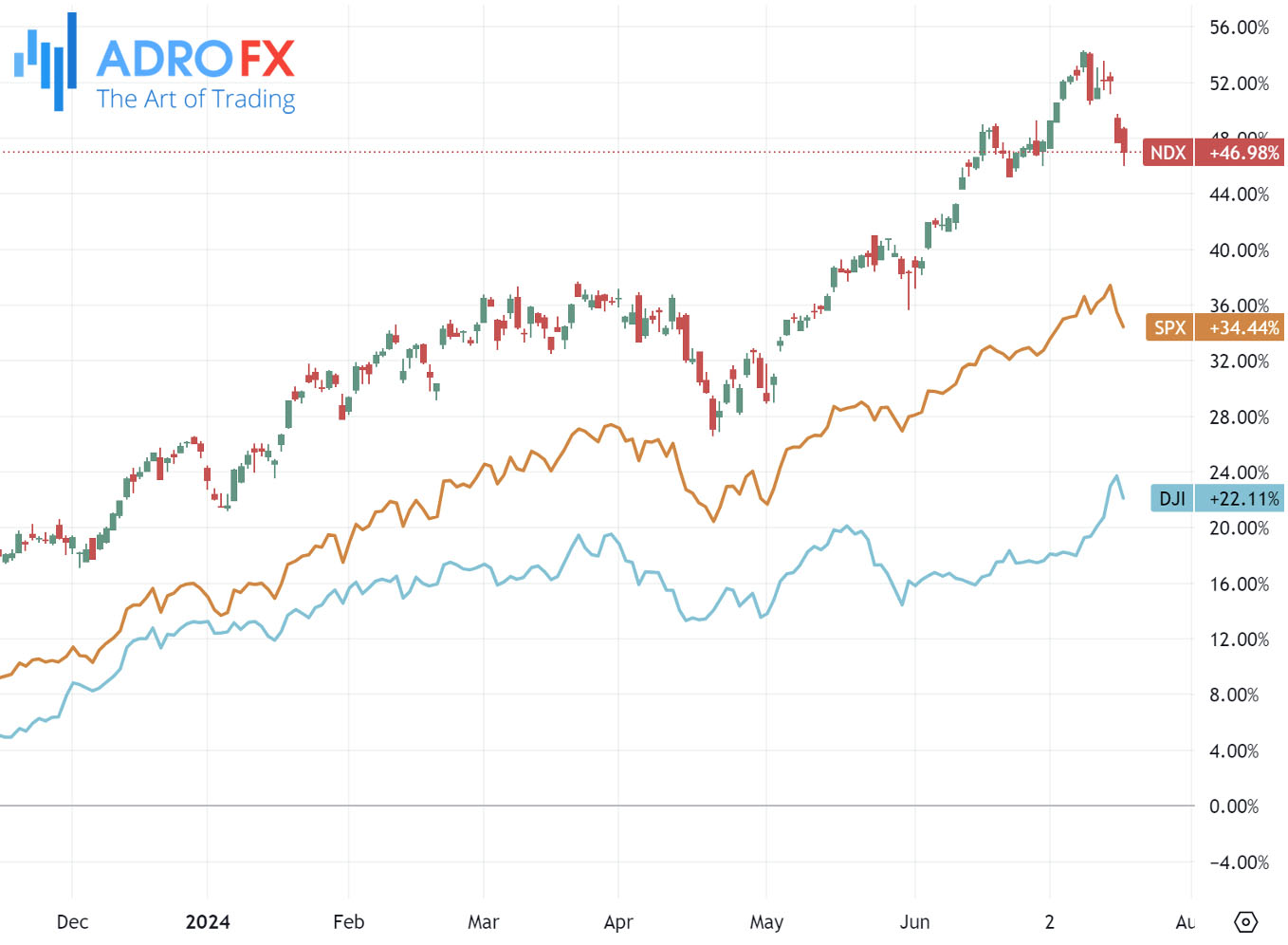
Major tech stocks such as Apple, Google, Amazon, and Microsoft extended their losses, putting pressure on the broader market due to a sustained rotation out of megacap tech ahead of Netflix's earnings report. In contrast, NVIDIA Corporation rose 2% as investors capitalized on the recent dip in the chipmaker's stock despite ongoing concerns about a more stringent US chip ban.
Netflix Inc. dropped 1% in after-hours trading on Thursday after its Q3 revenue guidance fell short of expectations, overshadowing its better-than-expected Q2 results. Meanwhile, EUR/USD continued its downward trend for the second day, trading around 1.0890 during the Asian session on Friday. This decline is attributed to the strengthening US Dollar amid heightened risk aversion.
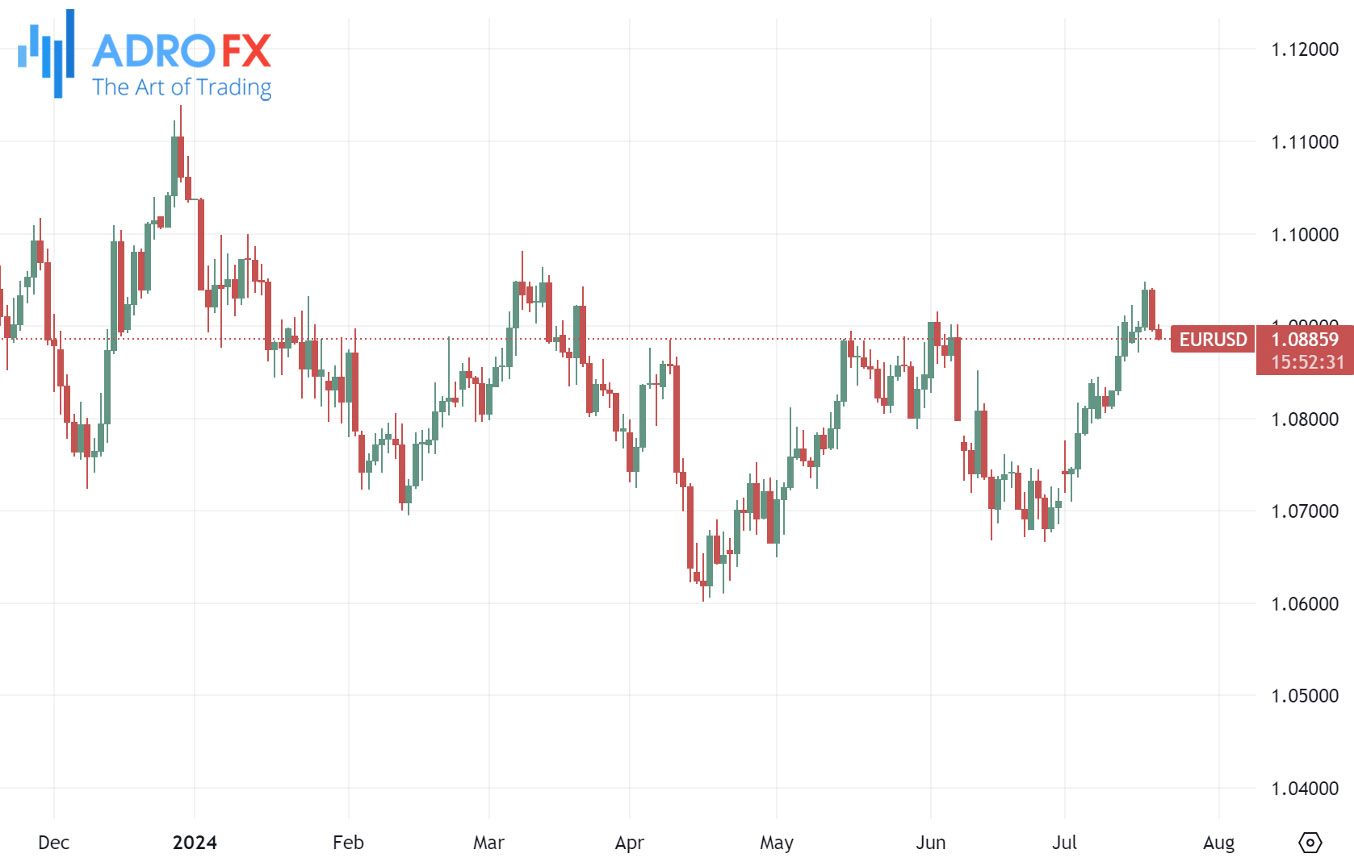
The rise in the US Dollar is being bolstered by increasing US Treasury yields, although its upward momentum may be capped by weak labor data, which has strengthened market expectations for a Federal Reserve rate cut in September. US Initial Jobless Claims rose more than anticipated, with 243,000 new unemployment benefit claims for the week ending July 12, exceeding the forecasted 230,000 and the previous week's revised figure of 223,000.
The European Central Bank (ECB) kept its main refinancing rate steady at 4.25% during its July Monetary Policy Meeting, as expected. The ECB also left its deposit facility rate unchanged at 3.75%. In the subsequent press conference, ECB President Christine Lagarde remarked, "The question of September and what we do in September is wide open." She further noted that the monetary policy decision had been unanimous and underscored the central bank's commitment to considering a wide range of data rather than relying on any single data point, according to Reuters.
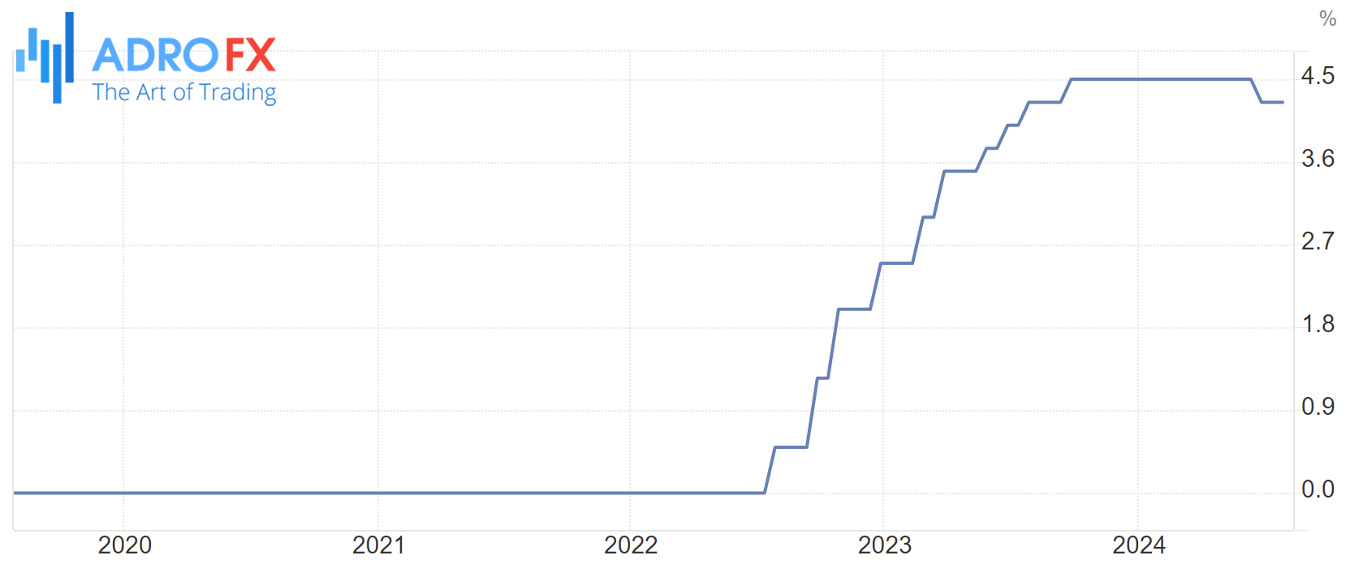
The Australian Dollar continued its downward trend for the fifth straight session on Friday, primarily due to the strengthening US Dollar. However, the AUD's decline may be tempered by better-than-expected Employment Change figures, which suggest tight labor market conditions and raise the possibility of an interest rate hike by the Reserve Bank of Australia.
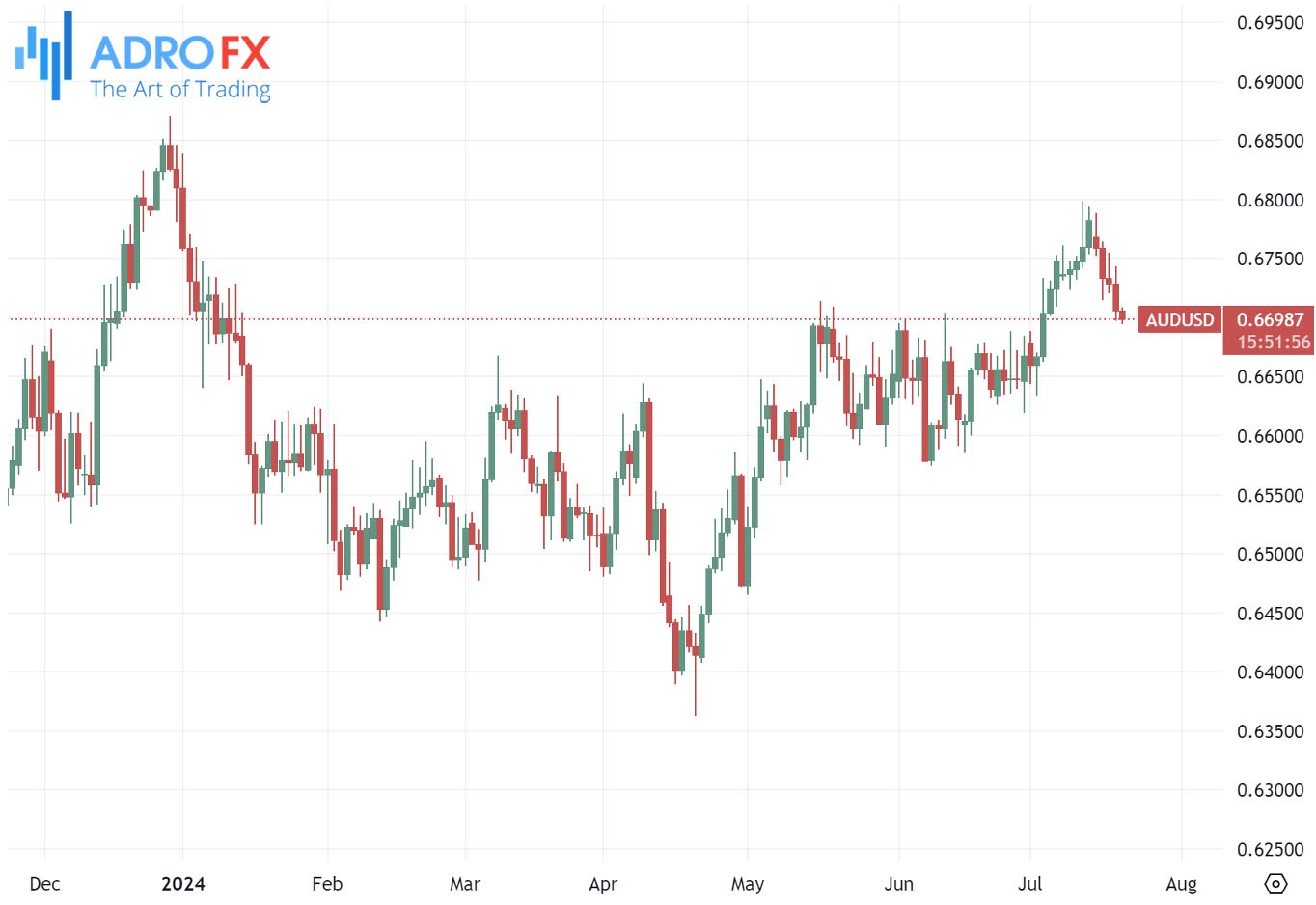
Data from the Australian Bureau of Statistics revealed that Employment Change rose by 50,200 in June, exceeding market expectations of 20,000. This development slightly adjusted investor expectations toward a potential rate hike from the Reserve Bank of Australia in August, with swaps indicating a 20% probability, up from 12% previously, according to Reuters. However, the Unemployment Rate climbed to 4.1% from 4.0%, against forecasts of a steady outcome.
The Japanese Yen remained stable after the latest inflation data release on Friday. Japan's National CPI for June held at 2.8%, consistent with the previous month's figure and at its highest level since February. Meanwhile, Core CPI inflation increased to 2.6%, just above the prior reading of 2.5% but slightly below the consensus estimate of 2.7%.
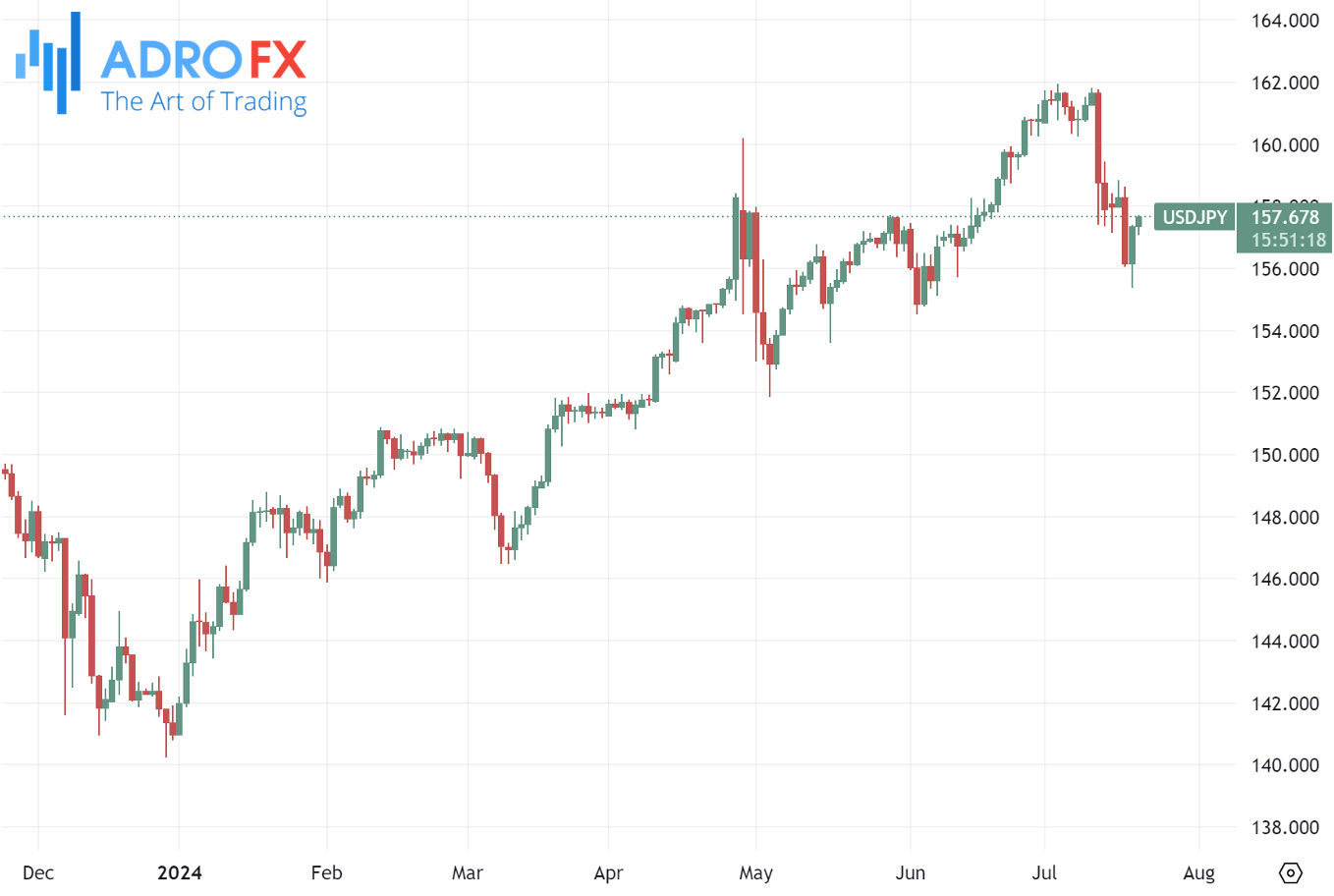
Japan’s 10-year government bond yield is trading around 1.04%, rebounding from three-week lows. This recovery follows Digital Minister Taro Kono's remarks to Bloomberg, suggesting that the Bank of Japan should raise interest rates again in July to support the Yen. Additionally, the BoJ is expected to reveal its bond purchase tapering plans this month.
Subsequently, Minister Kono clarified that he is not directly advocating for an immediate rate hike by the Bank of Japan, stating, “Monetary policy decisions are up to the BoJ.” In response, Finance Minister Suzuki criticized Kono, noting, "Incumbent ministers should be mindful of how their comments affect the markets and be cautious about making statements."
The USD/JPY pair has retreated by up to 4% from a 38-year high of 161.95 during July. Analysts attribute this decline to interventions by Japanese authorities. Traders remain alert to the possibility of further interventions.









